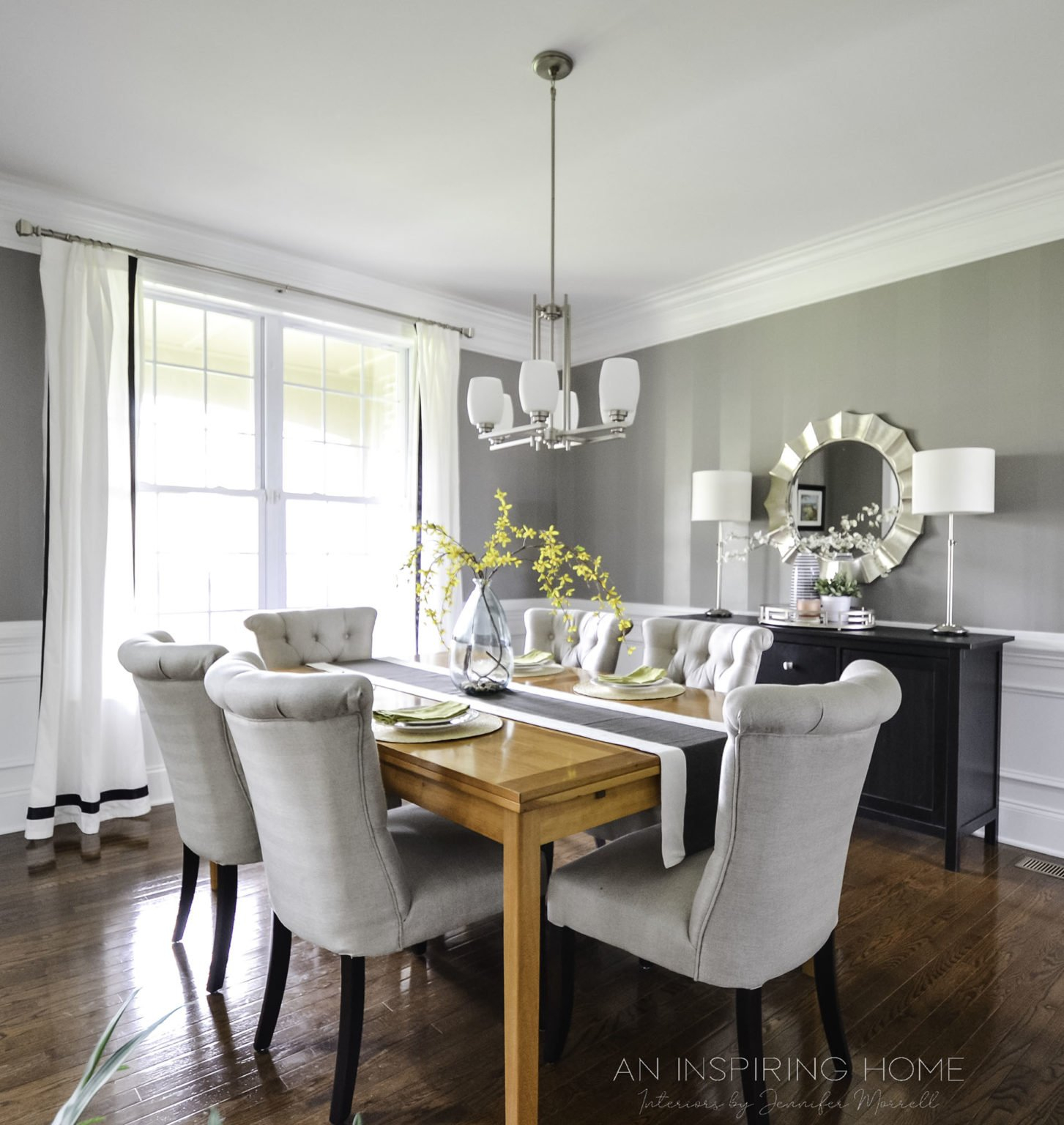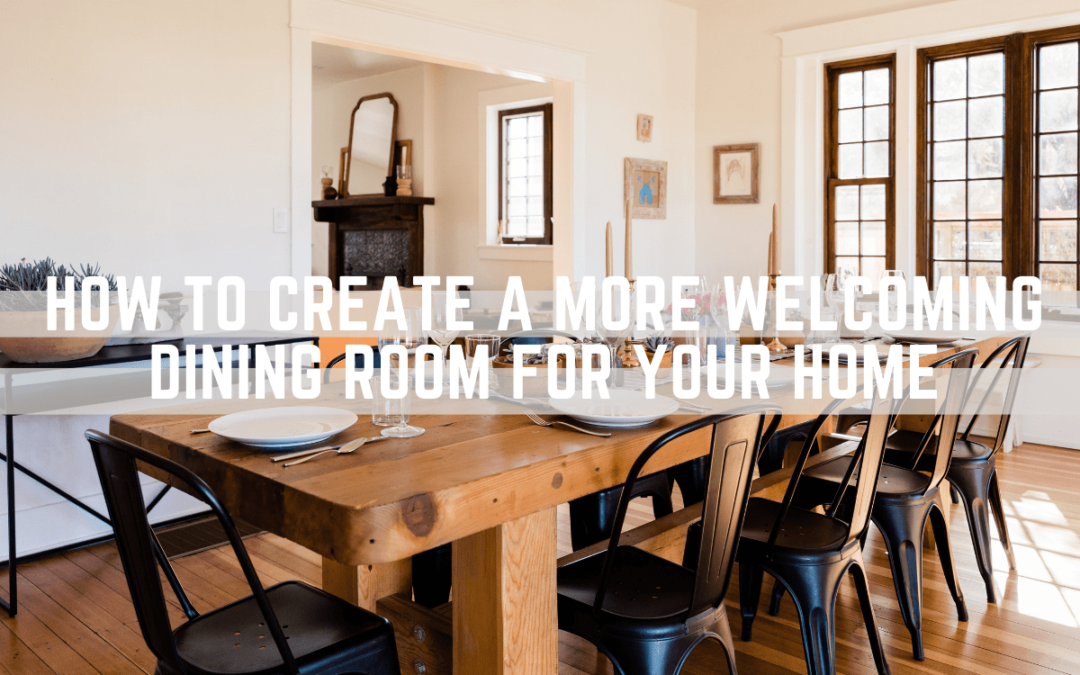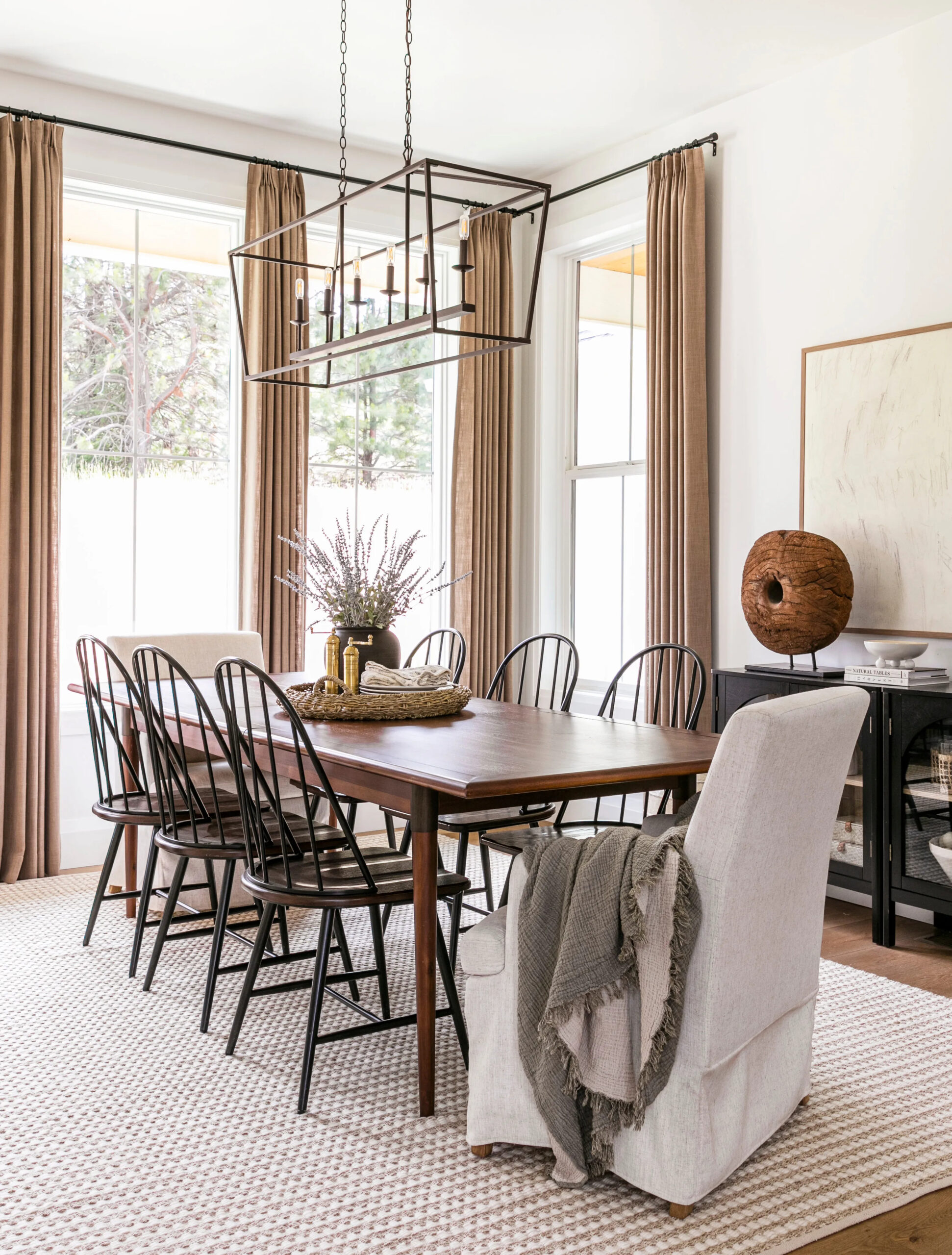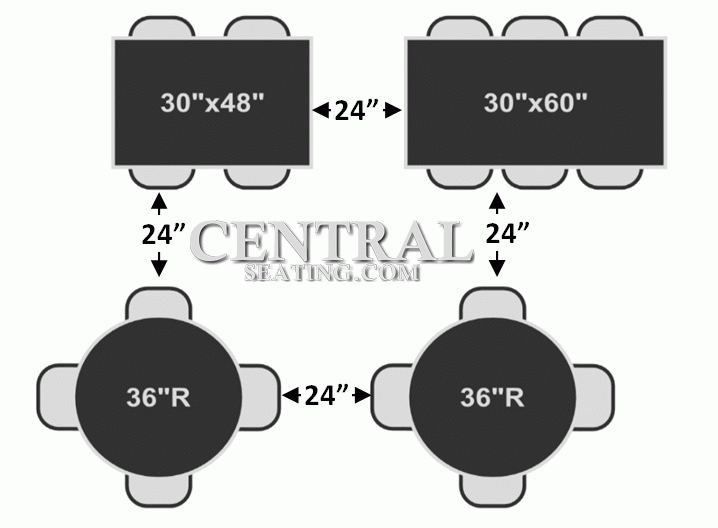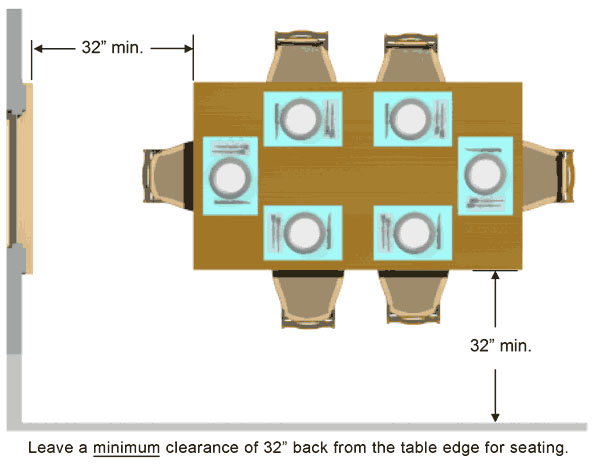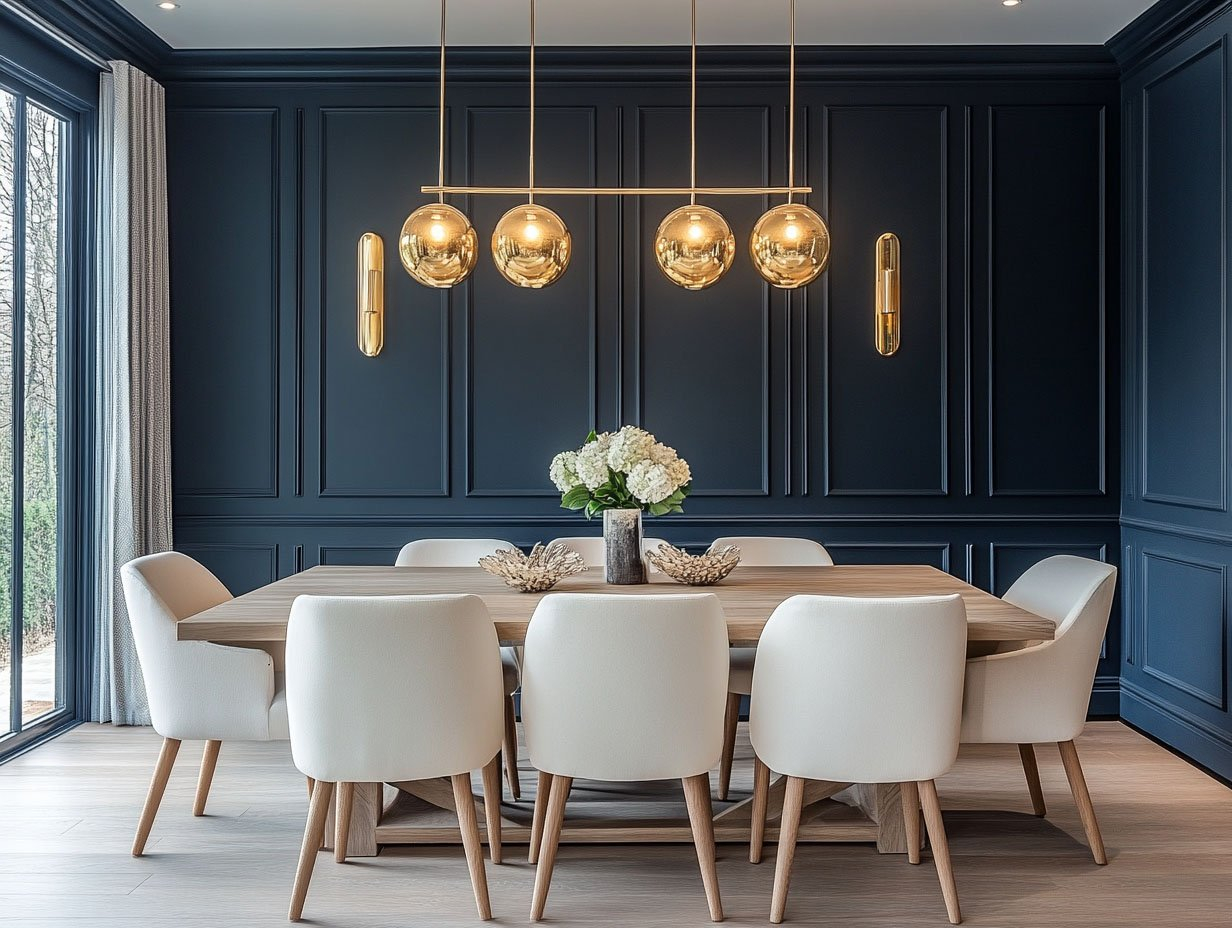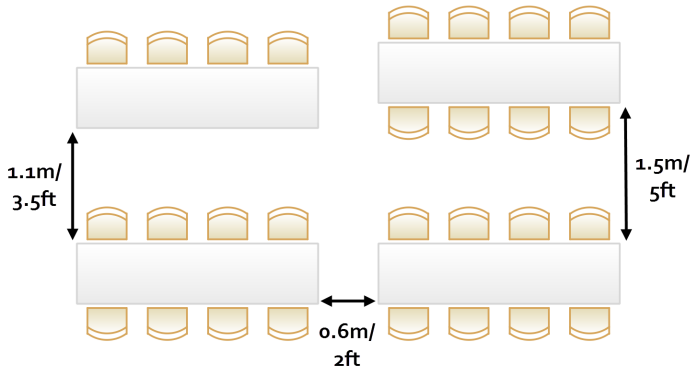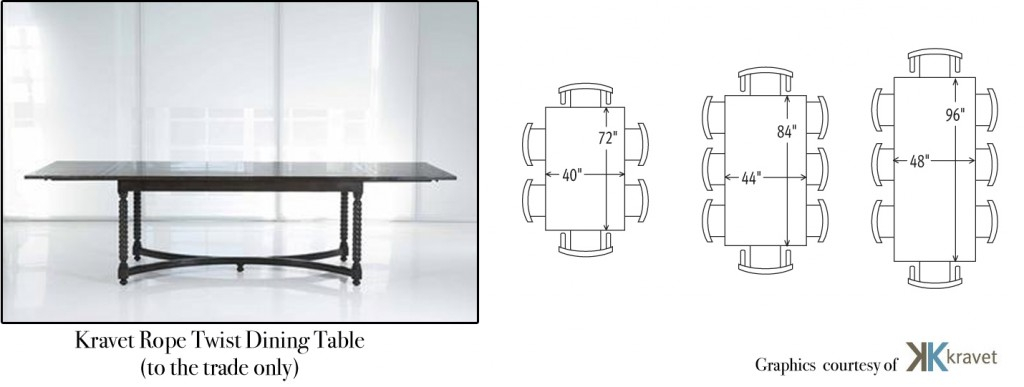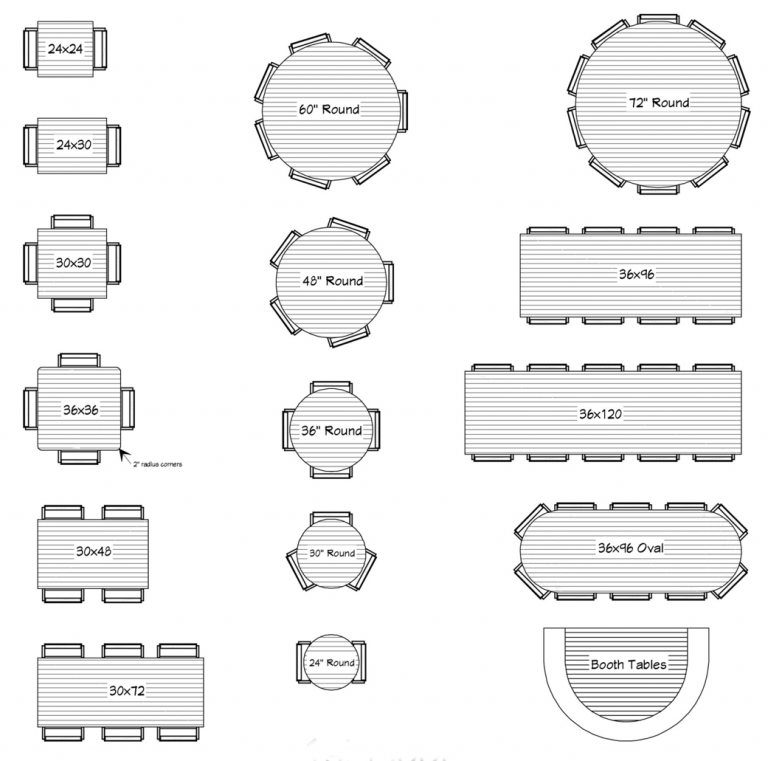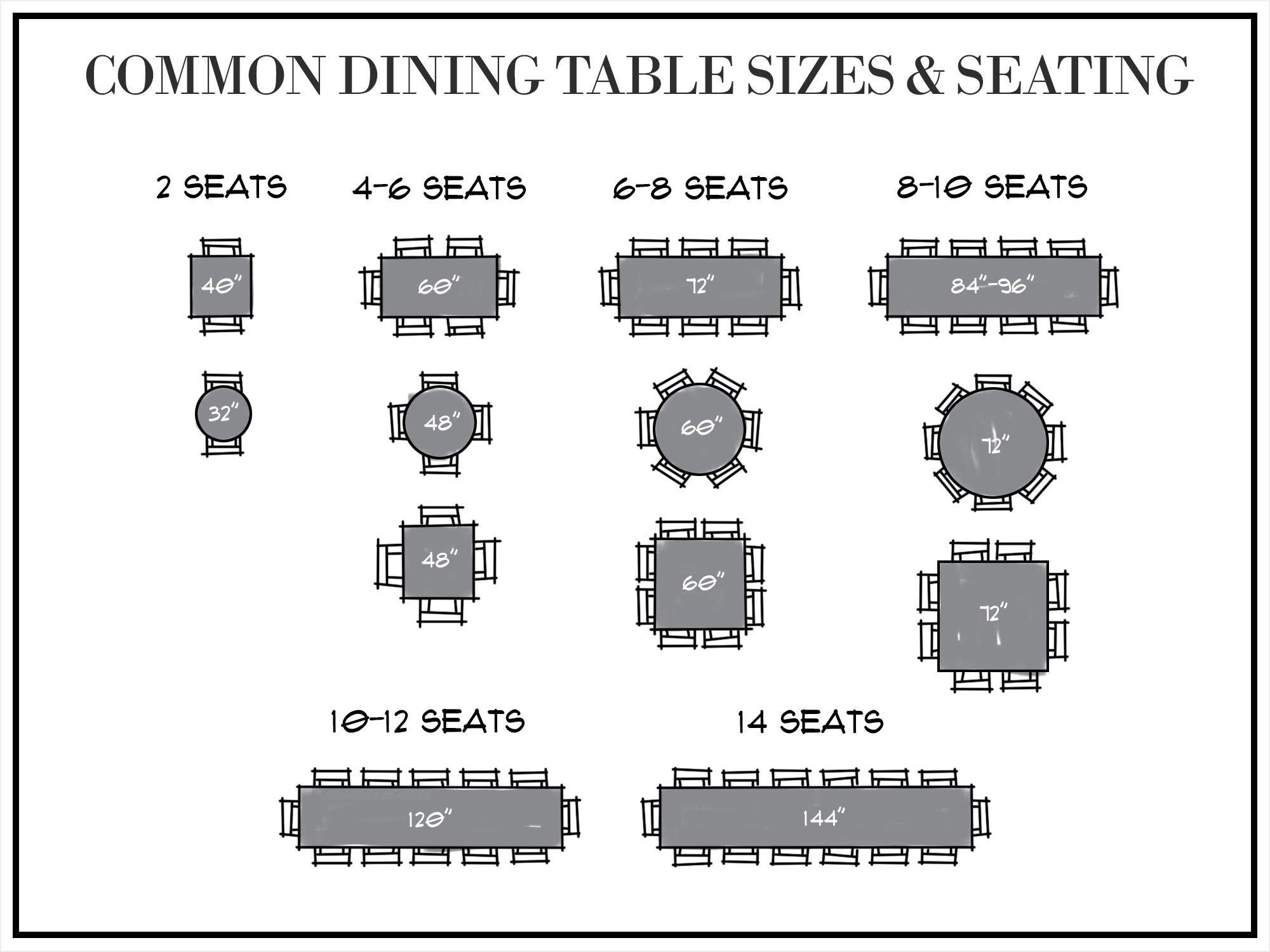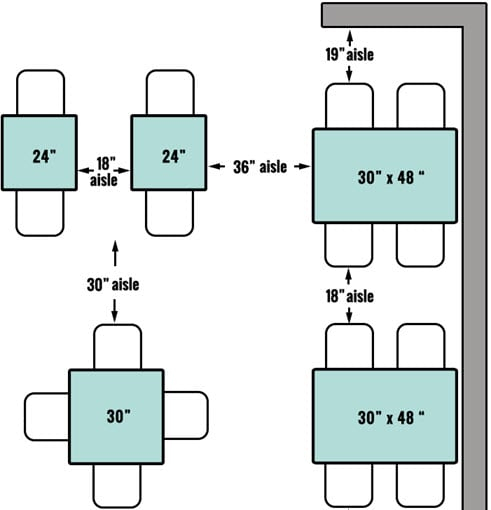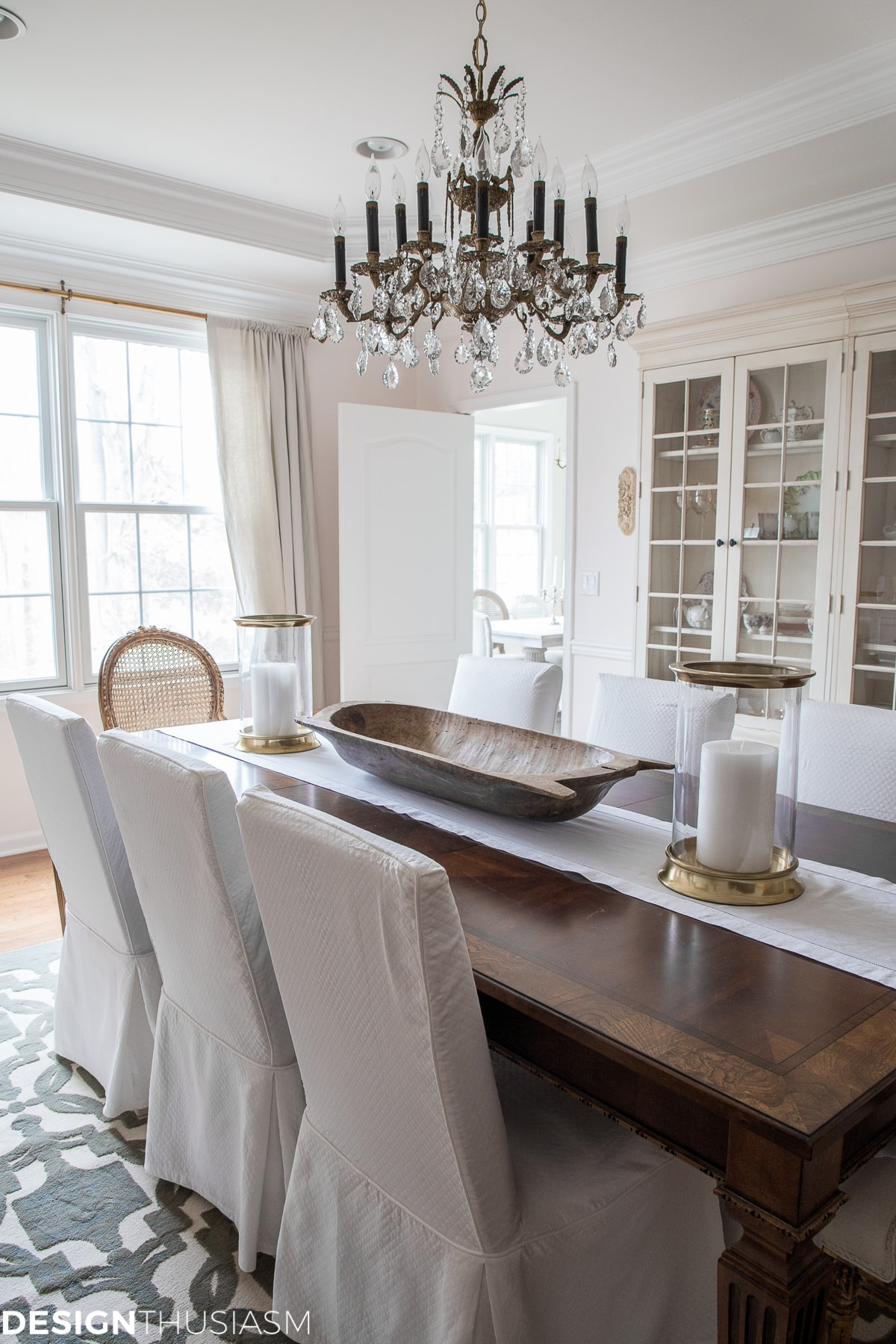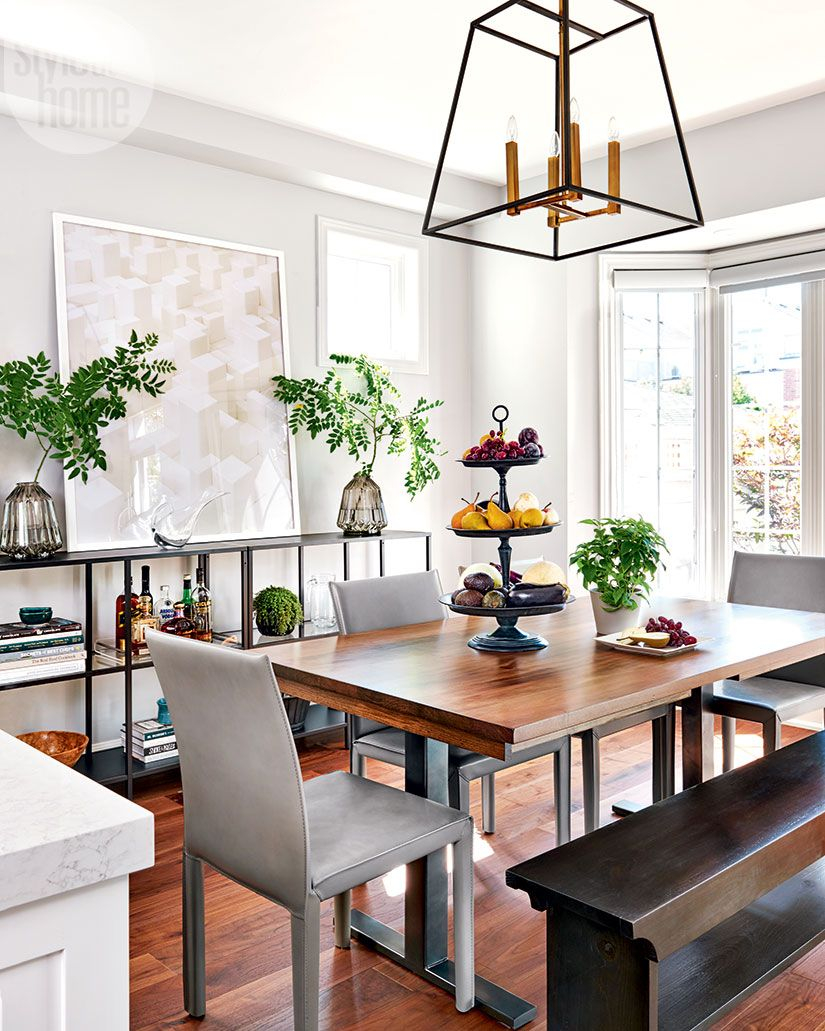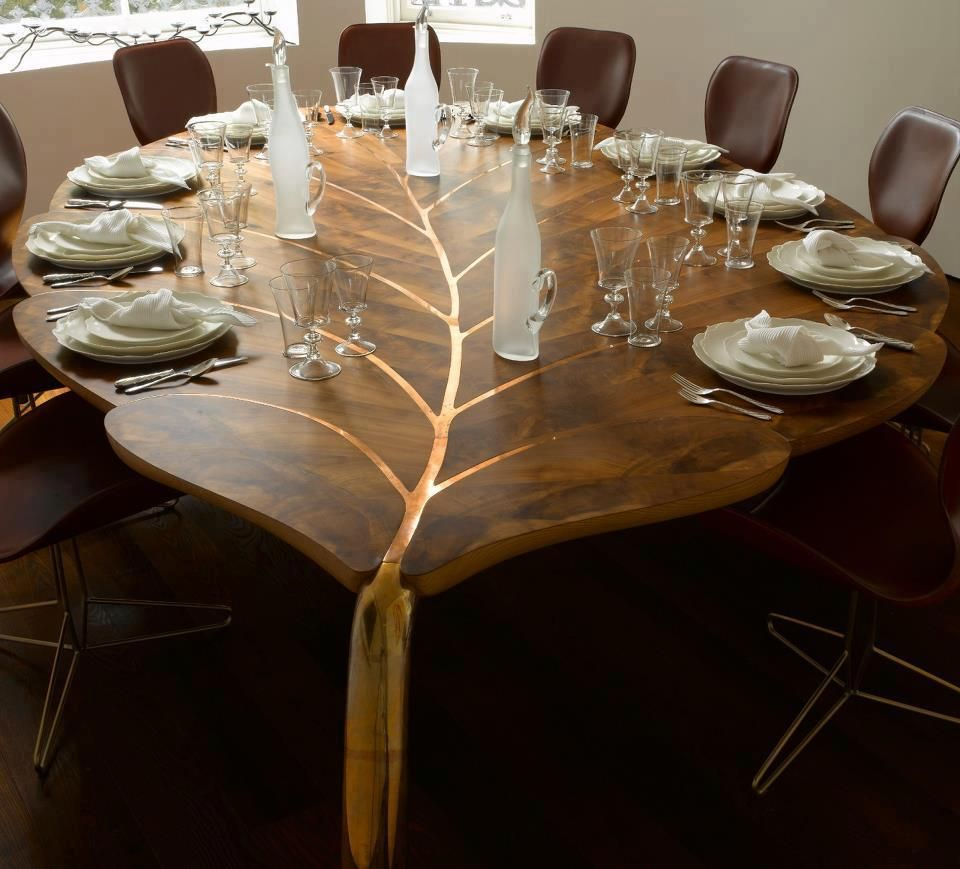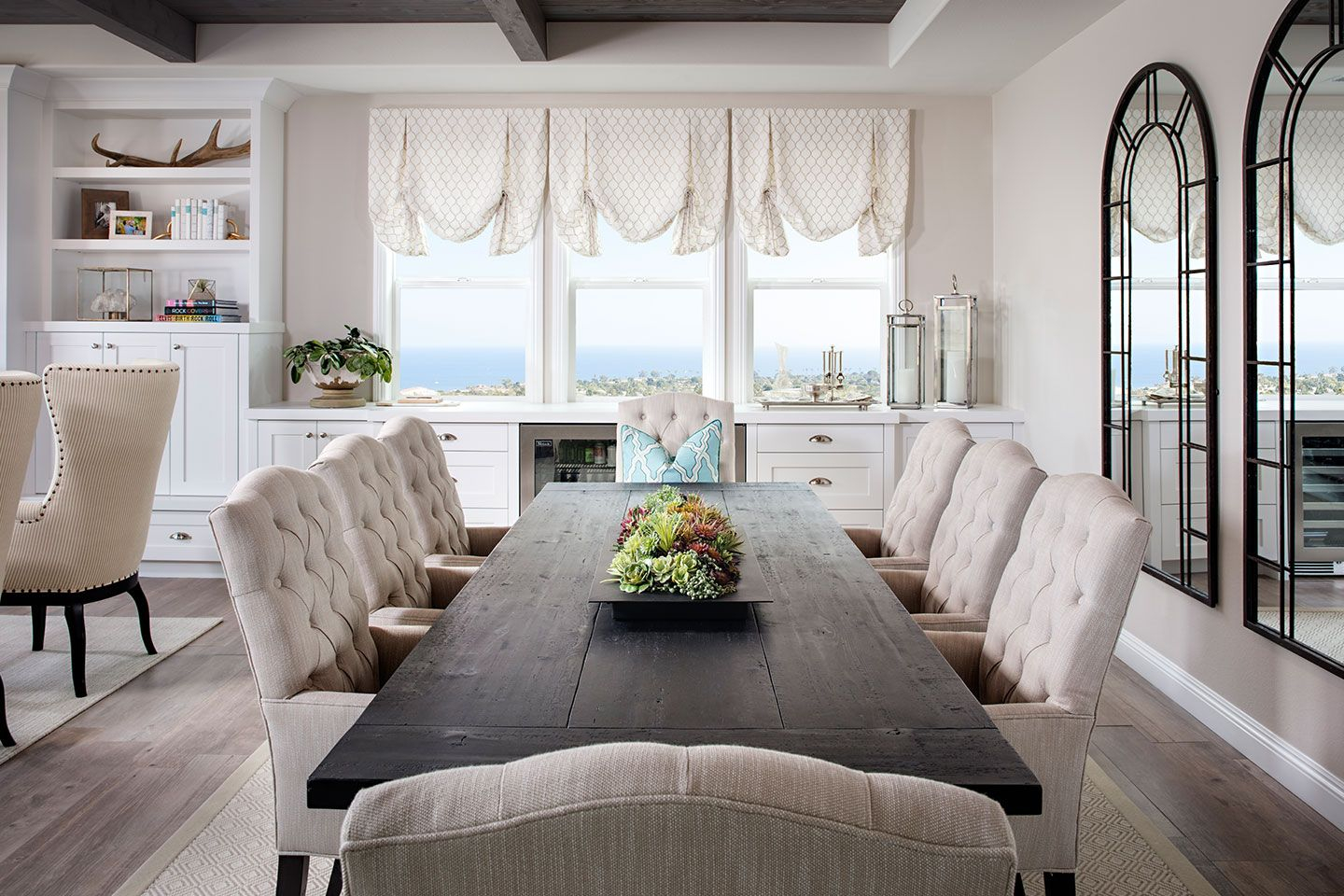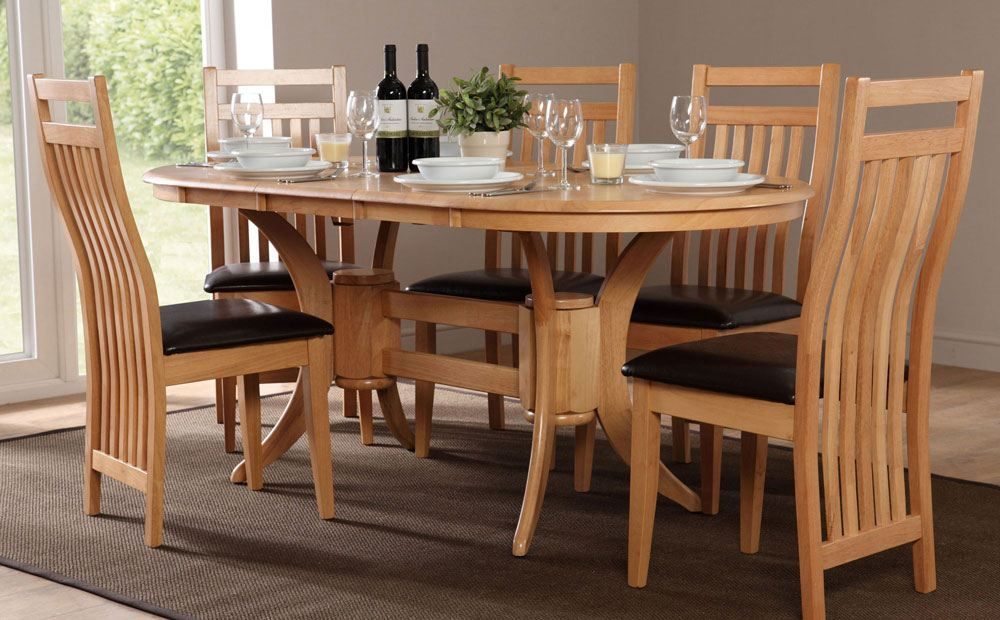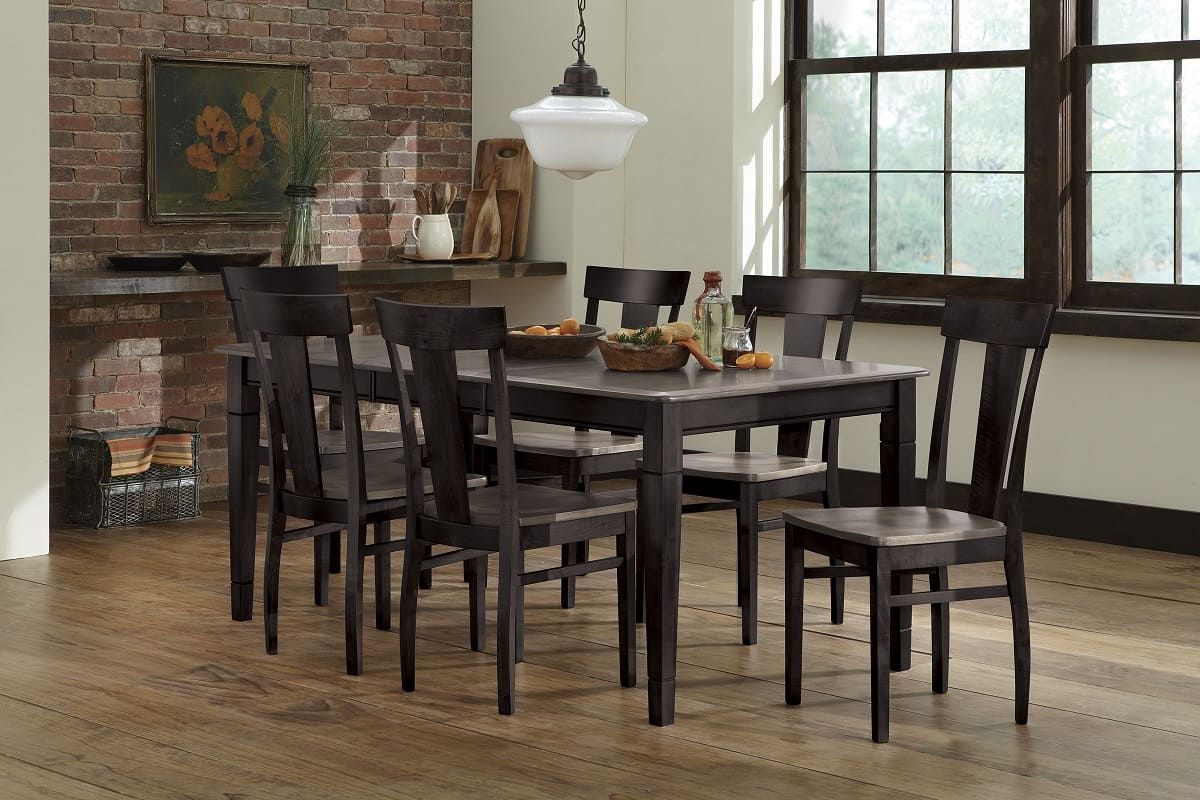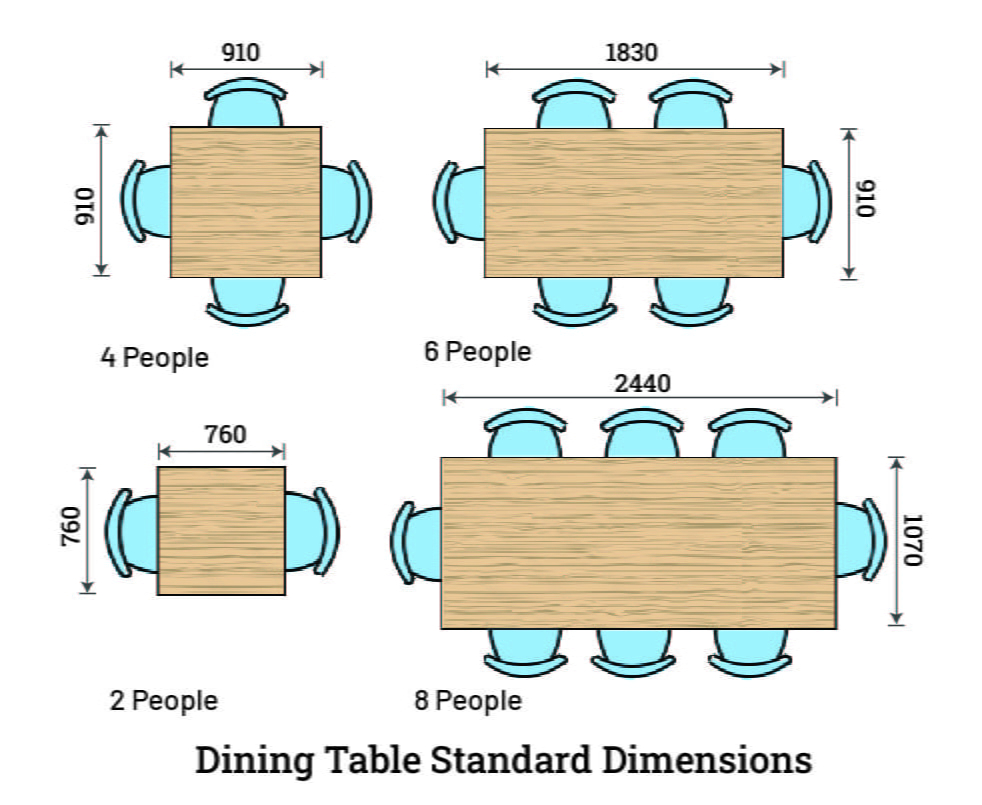Ever walked into a dining room and just felt at ease? Or perhaps, conversely, felt a little cramped or awkward. It’s not just about the food, is it? The way your dining space is arranged, especially your table setup, plays a massive role in how welcomed and comfortable your guests feel. Let’s dive into the fascinating psychology behind making your dining room a place where everyone feels right at home.
We often think of dining as a purely culinary experience, but it’s so much more. It’s about connection, conversation, and creating memories. And the physical environment of your dining space is a silent, yet powerful, conductor of these experiences. How you position your table, the spacing around it, and even the shape itself, all send subtle messages to your guests. Understanding these cues is like having a secret recipe for hospitality. It’s about making people feel seen, comfortable, and genuinely happy to be there. So, how do we achieve that perfect balance of intimacy and ease? It all starts with the table.
The Intimacy Factor: Finding the Right Fit
Consider the shape of your table. A long, rectangular table can foster a sense of formality and order, which might be great for larger gatherings, but it can also create a bit of distance between people at opposite ends. Think of it like a long boardroom table; while functional, it doesn’t always scream ‘cozy chat.’ On the other hand, a round or oval table encourages more direct eye contact and a feeling of equality among diners. Everyone can see and be seen, making conversation flow more easily. It’s like a huddle, promoting a sense of togetherness. For smaller spaces, a square table can also work well, offering a good balance of intimacy without feeling too restrictive. The key is to match the shape to the desired atmosphere and the number of people you typically host.
Breathing Room: The Psychology of Space
This is a big one. How much space do your guests have around the table? Too little, and people feel cramped, constantly bumping elbows or struggling to get in and out of their seats. This creates a subtle sense of anxiety. Too much, and the space can feel cavernous and disconnected. Generally, aim for about 36 inches (or roughly 90 cm) of space between the edge of the table and any walls or other furniture. This gives people enough room to pull out their chairs comfortably and move around without feeling like they’re in a game of human Tetris. It’s about providing a sense of personal territory within the shared dining experience. Think of it as giving each guest their own little bubble of comfort.
The Power of Proximity: Who Sits Where?
The layout of your table isn’t just about furniture placement; it’s also about the people. When you arrange your seating, consider the dynamics. Placing people who know each other well next to each other can foster comfortable conversation. But don’t be afraid to mix it up. Introducing people who might not know each other but share common interests can spark new connections. The diagonal placement, where guests aren’t directly opposite each other but slightly offset, can also reduce perceived pressure and encourage more relaxed interaction. It’s a subtle way to ease into conversation. Think about creating mini-groups at your table, facilitating both intimate chats and broader group engagement. It’s a delicate dance, really.
Visual Cues: Light, Sightlines, and Flow
Beyond the table itself, the surrounding space matters. How is the dining area lit? Soft, ambient lighting, perhaps from a central pendant light above the table, creates a warm and inviting glow. Harsh overhead lighting can feel clinical and unwelcoming. What are the sightlines like? Can guests easily see each other? Is there a pleasant view, or are they facing a blank wall? Ensure there’s a clear pathway for guests to enter and exit the dining area without feeling like they’re navigating an obstacle course. Good flow contributes to a sense of ease and freedom. It’s about creating a sensory experience that’s as pleasing as the meal itself.
The ‘Head’ of the Table: Equality vs. Hierarchy
In many cultures, there’s a traditional ‘head’ of the table. While this can provide a sense of order, especially for formal dinners, it can also subtly imply a hierarchy. For a more egalitarian and relaxed feel, consider arranging seating so there isn’t a single, designated ‘leader.’ If you have a rectangular table, placing hosts at the center of each side, rather than at the absolute ends, can create a more balanced and approachable atmosphere. This way, hosts can easily converse with guests on either side, and no one feels isolated at an ‘end’ of the table. It’s about fostering a sense of shared experience and minimizing any perceived social distance.
Adaptability: Making Your Space Work for You
Not everyone has a dedicated dining room, and even those who do might need flexibility. Consider tables with extensions or leaves that can be added or removed depending on the number of guests. This adaptability is key to making your dining space feel welcoming whether you’re having an intimate dinner for two or a lively gathering for ten. Think about furniture that can be easily moved or rearranged if needed. The goal is to have a space that can effortlessly transition to suit the occasion, always prioritizing your guests’ comfort and the ease of interaction. It’s about making your dining area a versatile hub for connection.
So, the next time you’re setting the table, remember that it’s more than just plates and cutlery. It’s about the psychology of space, the art of connection, and the intention to make your guests feel truly at home. By paying attention to table shape, spacing, seating arrangements, and the overall ambiance, you can transform your dining area into a place that fosters warmth, conversation, and memorable moments. It’s about creating an environment where good food and good company can truly shine. Happy dining, and more importantly, happy hosting.

